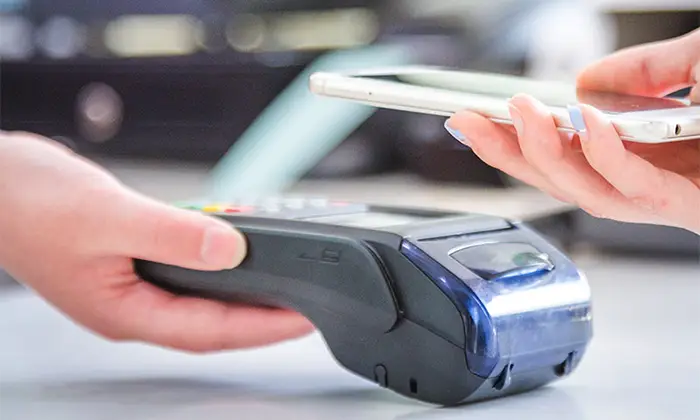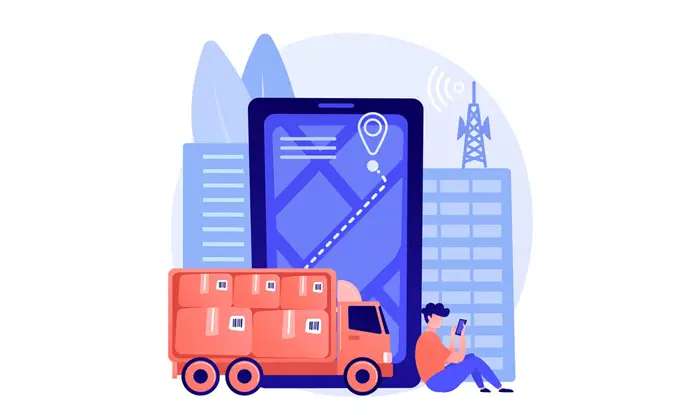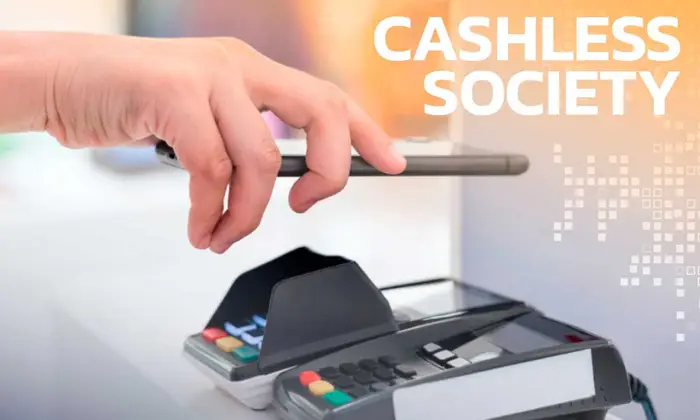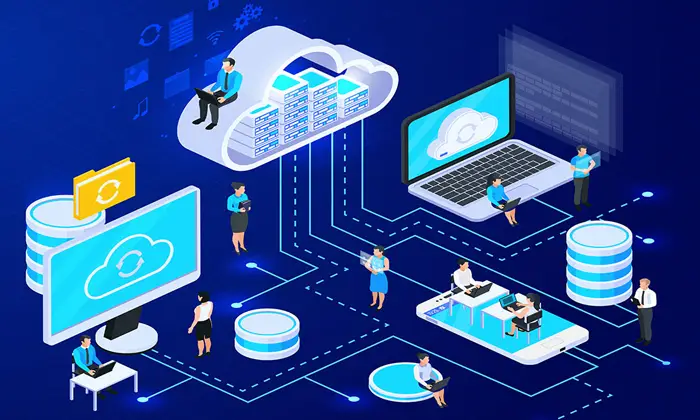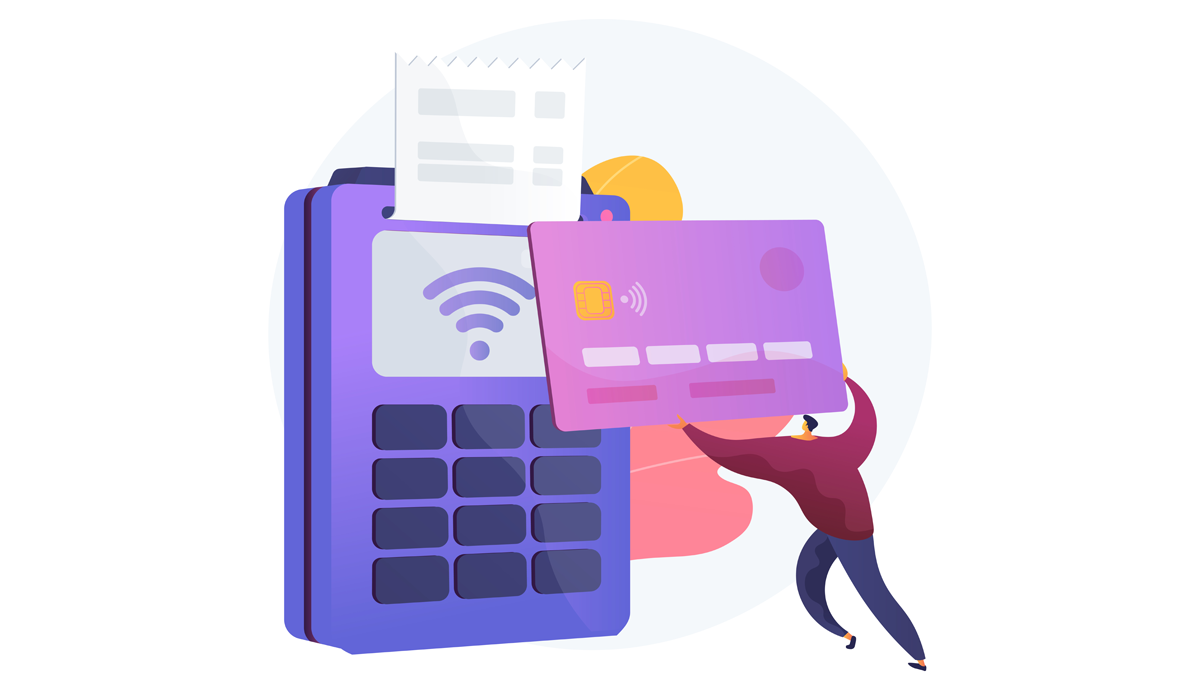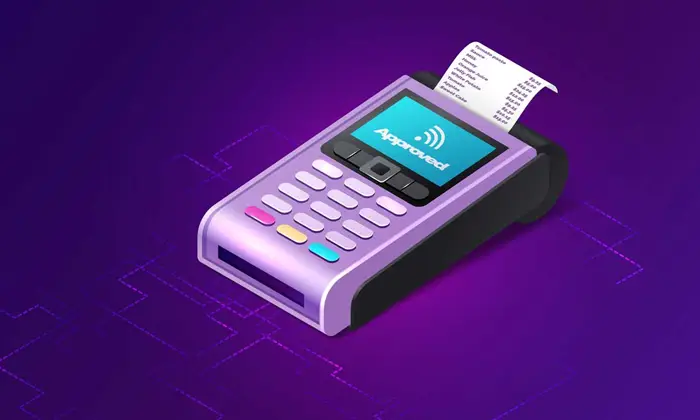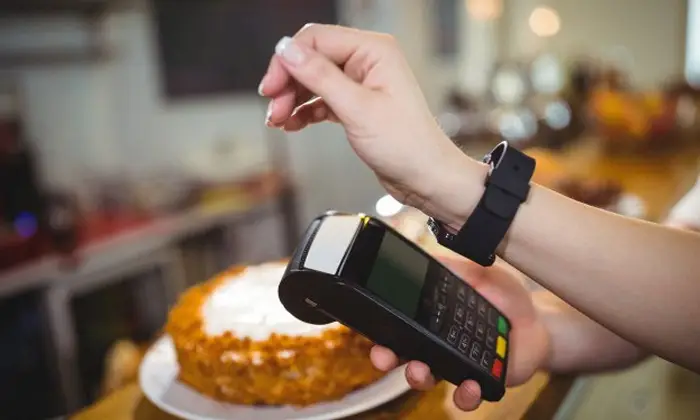Why is RFID Technology a Boon to Healthcare Facilities During COVID-19?
As the pandemic is upon us, the healthcare facilities are working from shoulder to wheel to cure coronavirus infected patients. However, the chaos to manage these patients in the hospitals, labs, testing facilities is undeniable. And more than the patients, the availability of equipment and medications, to treat the patients, is also essential. Amid this chaos, devices and equipment often get lost in operation rooms, labs, patient rooms, among others. Hence, RFID technology is important to healthcare facilities due to their ability to manage and track items that are needed for daily operation times. We have done an overall overview of why it’s imperative to track and manage these assets, and how RFID can be a help and prove to be an effective solution.
Asset Tracking
Hospitals or labs have valuable assets of all sizes that can be either lost, stolen or misplaced, due to unorganized management. These assets such as Microscopes, Sample Holders, Centrifuges, Ventilators, Coolers, Collection Trays are often used for specific use in treatments for which they can be moved to other floors, zones/areas, or individual rooms. A facility should properly manage and track the movement of such assets to avoid theft, misplacement and losing it among the chaos, especially the valued equipment during the pandemic crisis. The idea is to let asset tracking take over the facilities, for transparency in detecting the location, or last read location of important assets. By implementing this, owners and employees will save money, involve less human force and provide better treatment during emergency-like situations. Also, using the data, the facility can use each asset to its best ability. RFID Asset tracking hardware can be installed easily, depending upon the facility’s size, infrastructure, atmosphere, and preferred level of features. While some facilities mount it to the ceiling of each room, others may set up at major doorways or zones that provide a ‘last read’ location for each asset. If the room isn’t too big, the assets can be detected in a room or group of rooms easily.
High-Temperature Asset Tracking
In healthcare facilities, it is essential to sterilize all the usable assets for patient’s safety. It must be washed, disinfected, sanitized or run through an autoclave to lower the facility’s operating cost. If not properly cleaned or managed efficiently, the facility’s operating cost will exceed due to replacement costs associated with losing reusable assets. These items are also tracked differently as compared to other assets. The main reason is the heat and water which is used to sanitize and clean the items. This process involves high temperatures up to 300 degrees Fahrenheit and most RFID tags are not waterproof or can stand to high heat. Hence, it’s essential to choose specific RFID tags that can withstand the cleaning process. These tags are also ideal for any shape and size. However, if cautious consideration is not done when choosing the tag, the items can get destroyed and the tags can interfere with the item’s purpose, making it useless for treatments. Some such assets are beakers, test tubes, face shields, aprons, knives, tweezers and more.
Asset Identification
RFID application was implemented for reusable hospital equipment. It was added as a feature to a pre-existing inventory management solution – Kit Check. It helps to track lost or stolen medication trays in healthcare facilities. Kit Check uses RFID enabled cabinets, carts and workstation to keep count of tagged medication trays. And, in addition to that, due to COVID-19, another feature has been added that provides a digital indication to whether the medication tray has sanitized or not before reuse. This helpful feature has allowed the healthcare facilities to keep an eye on each medication trays to eliminate spreading germs.
Consumables – Shipment Verification, Authentication, Inventory Management
Shipment Verification:
Shipment verification mostly involves tracking product shipments with the help of RFID tags. With these tags, it’s easier to track the shipment contents on arrival. The recipient will simply read the tag with an RFID reader, and with the help of software, and categorize the shipment, accordingly. This mostly helps large companies that receive loads of shipments per day. The ability to track the contents of shipment without opening saves a lot of labour, time and also cuts the chances of misplacement. The data can represent information like types of items, quantities of items, order information and receiving department. During COVID-19, thousands of consumables like masks and gloves are needed for the treatment. To track the shipment of each box is time consumable, hence, healthcare facilities must rely on this efficient technology to receive their shipment. It also helps to know the quantities received, without opening the package and counting the items.
Authentication – Manufacturing Level
At the pandemic crisis, issues of authenticity have also amplified. Individuals, businesses are selling and receiving counterfeit items like face masks, hand sanitizer, gloves, PPE kits and more. To fix this issue, RFID tags can be applied to the high-value products or placed on the package during packing for authentication purposes. Businesses or organizations that purchase these items can easily authenticate it with the help of a custom app on a smartphone that tracks the contents and provides authenticate information to the reader.
Inventory Management
During pandemic emergencies, it’s difficult to keep count of each item. But, the items are crucial to healthcare facilities, it’s essential to keep count of these items. With an RFID tag, each box can be tagged, read by a handheld RFID reader and then can then be placed in specific inventory rooms that are enabled with RFID systems. Whenever an item enters a room for the first time, the software can be used to check that item into inventory, then when the item leaves the room, the software can then deduct the item from inventory. This data can be utilized to know the rate at which consumable items are being used, on different floors. With the help of this technology, items will always be available. For theft purposes, RFID technology can also scan an employee badge which will create a log of which employee removed which item. This can be important to determine overuse or inventory theft within a facility.
Unique Samples – Identification, Inventory Management, Authentication
Identification
Whether it’s disease samples, vaccine samples, or any other sample, all of them must be uniquely identified. At any given time, a lab has thousands of samples being tested. Keeping track of all of them is quite difficult. Often, when a sample is not correctly identified, it results in a patient’s health risk and possibly death. Without RFID, the samples are identified with the help of labels written in ink or a small print.
These labels are not always accurate and can cause human error. With the help of RFID labels, it’s easier to find a specific sample in a large group. RFID handheld readers can locate the place, and correctly identify the sample. The chances of misdiagnosed, wrong results shed to zero. The healthcare facilities will benefit from it as human labour will be less along with accurate results.
Inventory Management
Healthcare facilities are always loaded with numerous medications. They have inventory rooms and cabinets where the medication is stocked for the patients. Stock levels are daily or weekly counted to keep the availability of medications at all times. But, to do so, a lot of time is consumed along with labour work.
Utilizing the RFID technology, the healthcare facilities can do this in a matter of minutes. Just keep the medications in RFID enabled cabinets, shelves and refrigerator. It helps to track real-time inventory as each time an RFID smart cabinet is opened, not only it records what was taken but also captures who removed the item. And the entry to these cabinets is restricted to authorized personnel. This type of technology is ideal for larger facilities to keep the availability of medications stocked and tracked at all times.
Authentication
Counterfeit medications or vaccines have amplified, especially during the pandemic crisis. RFID technology can help to authenticate the medications using NFC tags. These tags when placed on the medications can be authenticated upon arrival through a custom-built app via a smartphone or an NFC reader.
Sanitizing Procedures – Identification & Gathering Data
We all know by now that sanitation is important to our survival due to COVID-19. RFID technology has unique devices that can take care of this issue as well. RFID applications help healthcare facilities to identify personnel. It helps to get the data of the employee movement and helps to alert the authorities that the employee has been in contact with a positive patient.
But, it also helps them to track if the employee is sanitizing or not. The soap dispensers and hand sanitizing stations are embedded with RFID readers. To make the reading work, employees wear RFID lanyards which when comes in close range with the dispenser captures information and sends it to RFID software. The software records the reading as a timestamp and compiles it all together. Then, the data is sent to the supervisor who maintains the hygiene in the healthcare facilities. These technologies have also a feature that tracks the movement of the employees through the day through BlueTooth and ultrasound. And if the employee comes in contact with a positive COVID-19 patient, they are then requested to isolate themselves. The technology is known as swipesense.
Some hospitals are already enabled with the RFID technologies, while others must follow it soon to be more efficient in curing the patients.
